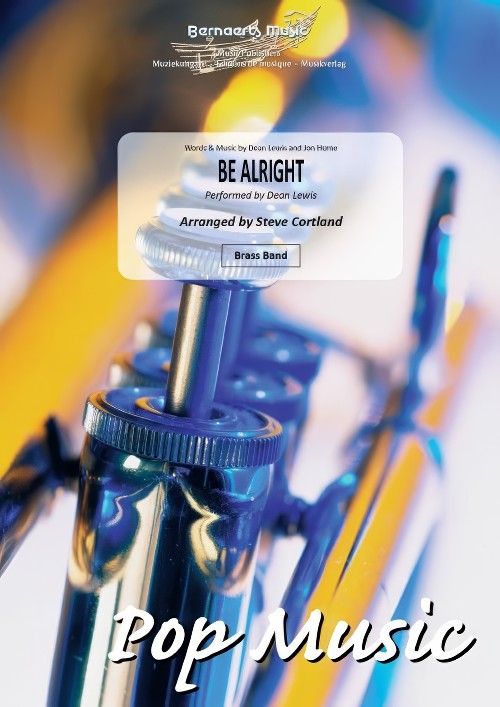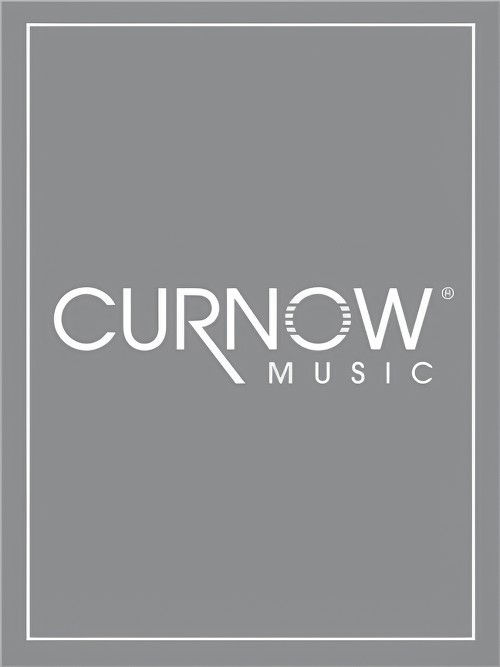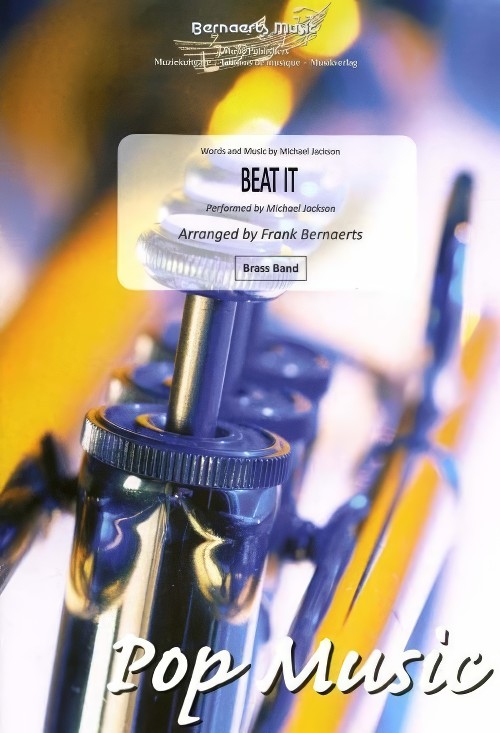-
 £50.90
£50.90BAYRISCHE POLKA (Trombone Solo with Brass Band) - Lohmann, Georg - Fernie, Alan
Grade: Easy/Medium. Recorded on Obrasso CD954 Forever Shining (Black Dyke Band conducted by Nicholas J Childs)
Estimated dispatch 7-14 working days
-
 £19.95
£19.95BB & CF (Brass Band Set)
Estimated dispatch 7-14 working days
-
 £47.60
£47.60 -
 £53.99
£53.99Be Alright (Brass Band - Score and Parts) - Hume & Lewis - Cortland, Steve
As performed by Dean Lewis. Duration: 3.00
Estimated dispatch 7-14 working days
-
 £26.50
£26.50 -
 £45.99
£45.99Be Thou My Vision (Cornet or Flugel Horn Solo with Brass Band - Score and Parts) - Curnow, James
This timeless Irish hymn is presented here in a masterfully crafted arrangement by James Curnow.Duration: 3:00
Estimated dispatch 7-14 working days
-
 £26.50
£26.50 -
 £53.99
£53.99Beat It (Brass Band - Score and Parts) - Jackson, Michael - Bernaerts, Frank
As performed by Michael Jackson. Duration: 3.10
Estimated dispatch 7-14 working days
-
 £58.60
£58.60BEATLES GO BRASS, THE (Brass Band) - Lennon & McCartney - Fernie, Alan
Medium
Estimated dispatch 7-14 working days
-
 £59.95
£59.95BEATRICE AND BENEDICT (Overture) (Brass Band Set)
Estimated dispatch 7-14 working days
Searching for Wind Band Music? Visit the Wind Band Music Shop

Sign-up to our mailing list for the latest Brass Band music releases & special offers.
Tel: (07852) 519 763 | International: +44 785 251 9763 | Email: [email protected]
Use the search box below to search for music for
Brass Band | Brass Ensemble | Junior Band | Flexi Band | Solos with Piano | Practice & Solo Books
Brass Band | Brass Ensemble | Junior Band | Flexi Band | Solos with Piano | Practice & Solo Books